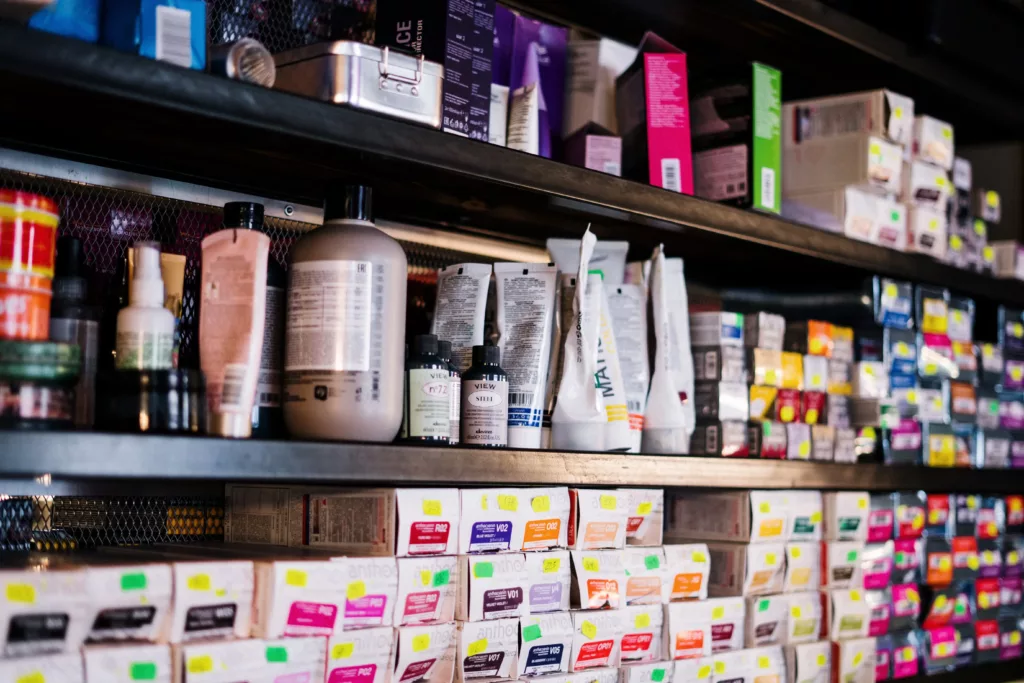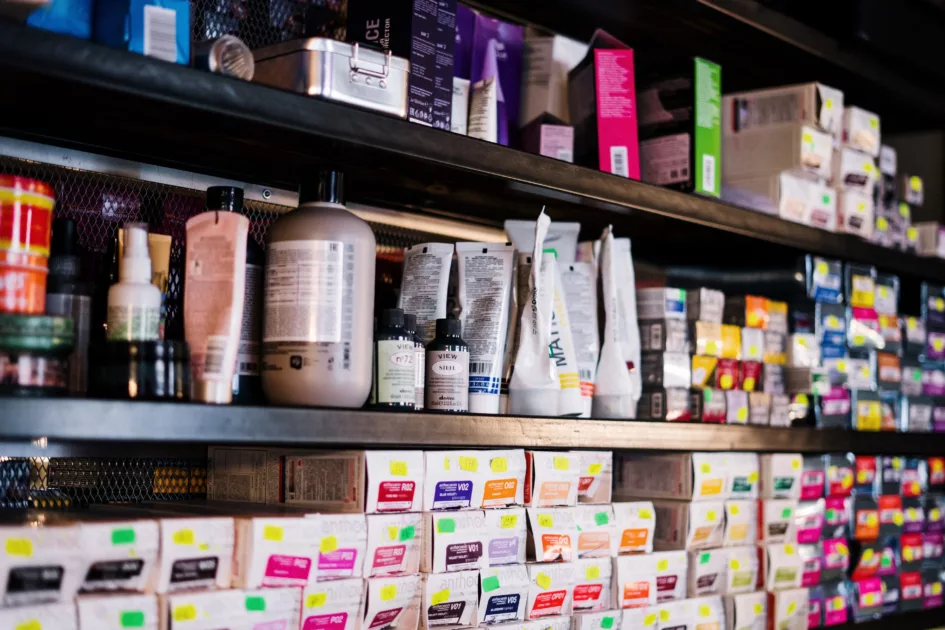
Are you tired of your current hair color and looking to make a change? Whether you’re considering a subtle shift or a dramatic transformation, understanding the codes on the back of a hair color tube is essential. These codes hold the key to achieving the perfect shade and tone you desire. In this comprehensive blog post, we’ll demystify the world of hair color codes, helping you make informed choices for your next hair colouring adventure.
Deciphering the Hair Color Code:
The codes on hair color products are like a secret language that colorists and enthusiasts use to communicate specific color information. Let’s break down the most common elements you’ll find in these codes:
1. Shade
The shade number is typically the most prominent part of the code. It signifies the primary color you’ll achieve when using the product. Shades are usually represented by two or three digits. Here’s a general idea of what different shade numbers might mean:
1-4: Darkest browns and blacks
5-6: Medium browns
7-9: Light browns and dark blondes
10+: Very light blondes and beyond
For example, a shade labelled “5” would generally indicate a medium brown.
2. Level
The level refers to the darkness or lightness of the color. In hair color coding, lower numbers represent darker shades, while higher numbers signify lighter shades. For instance:
1-5: Dark shades
6-7: Medium shades
8-10: Light shades
So, if you see a level “8” on the tube, you can expect a light shade.
3. Tone
Some hair color brands use additional letters or numbers to indicate the tone of the color. This is where things get a bit more specific. Common tone indicators include:
N: Neutral (no strong undertones)
A: Ash (cool, with blue or green undertones)
G: Gold (warm, with yellow or red undertones)
C: Copper (warm, with orange undertones)
R: Red (warm, with red undertones)
M: Mahogany (a mix of red and violet undertones)
For example, “7N” would represent a neutral medium blonde, while “5A” would indicate an ash medium brown.
4. Developer Strength
In some cases, the developer strength might be indicated alongside the shade code. Developers come in different volumes (usually 10, 20, 30, or 40). The developer strength affects the intensity of the color change and how long it lasts. Higher volumes generally lift color more effectively but can be harsher on the hair. Lower volumes are gentler but might not achieve as drastic a change.
Choosing the Right Hair Color
Now that you understand the basics of hair color codes, how do you choose the right color for you? Here are some tips to consider:
1. Identify Your Desired Shade and Tone
Start by determining the shade and tone you want to achieve. Do you want to go darker, lighter, warmer, or cooler? Knowing your goal will help you select the appropriate code.
2. Consider Your Natural Hair Color
Your natural hair color and its current condition play a significant role in achieving your desired result. If you have very dark hair and want to go significantly lighter, you may need to consult a professional colorist.
3. Read the Instructions Carefully
Always read the instructions provided on the product packaging. Hair color brands have specific recommendations for mixing ratios, processing times, and developer strengths. Following these guidelines ensures the best results and minimizes the risk of hair damage.
4. Perform a Patch Test
If you’re trying a new brand or color, it’s a good idea to perform a patch test to check for allergic reactions or unexpected results. Apply a small amount of the product to a hidden section of your hair and wait for the recommended time before rinsing.
5. Seek Professional Advice
If you’re unsure about which hair color code to use or if you have specific concerns about your hair, it’s wise to consult a professional colorist. They can provide expert guidance and even perform the colouring for you.
Cracking the code of hair color numbers and letters can be the key to achieving your dream hair color. Whether you’re aiming for a natural-looking change or a bold and vibrant transformation, understanding these codes will help you make the right choices.
Remember that hair colouring is a form of self-expression, and experimenting with different shades and tones can be a fun and creative process. So, go ahead, embrace the world of hair color codes, and unlock a world of possibilities for your hair. Now, that you know somewhat about cracking code why not come to A’Kreations Hair & Beyond where we will turn all your hair colour dreams into reality.


Leave a Reply